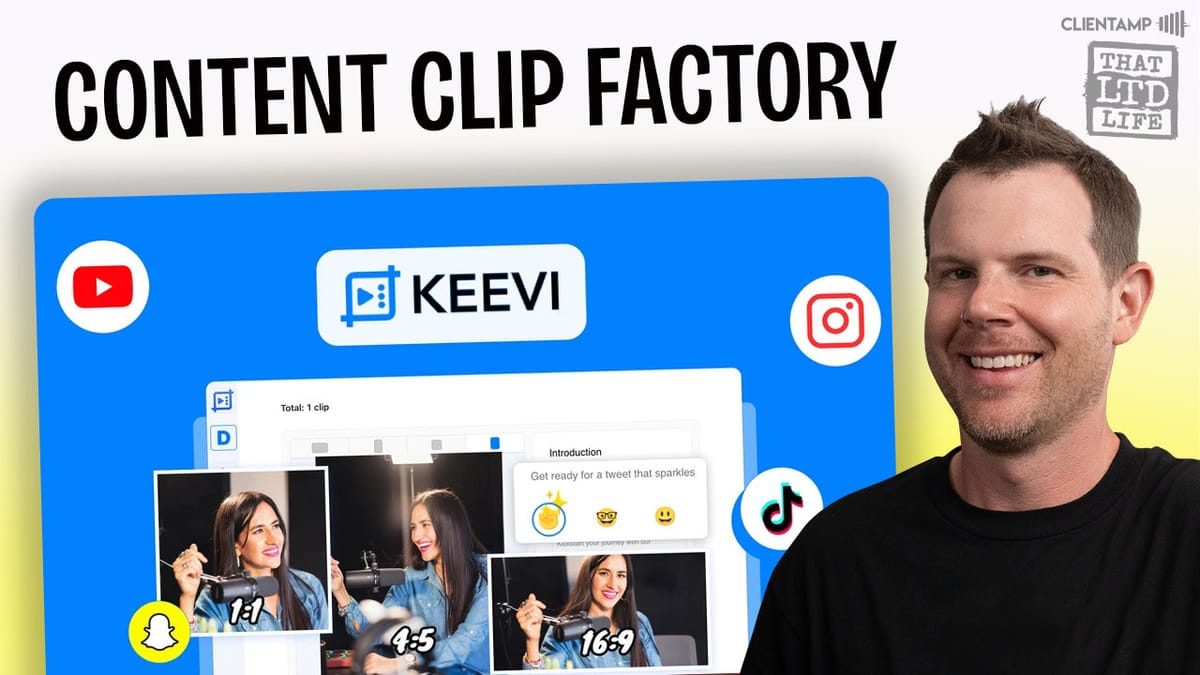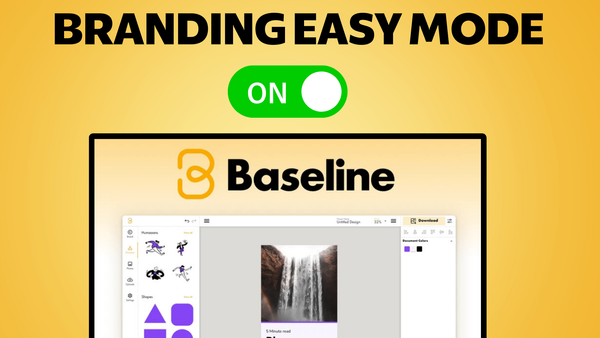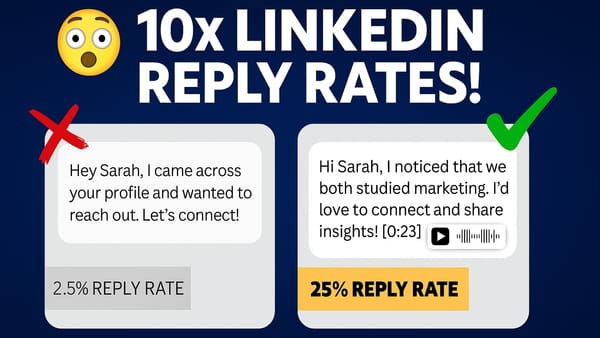Keevi AI Review: Can It Really Turn Long Videos Into Shorts? (Honest Test)
Keevi promises to turn long videos into engaging shorts using AI, but does it deliver? Find out in this honest review of its features and limitations.

As content creators, we’re always looking for efficient ways to repurpose our long-form content into short-form videos. Keevi promises to do exactly that using AI technology. In this review, I tested Keevi to see if it lives up to its claims of automatically transforming long videos into engaging shorts.
Introduction [00:00]
Creating short-form content is crucial for maintaining a strong social media presence, but it’s time-consuming. Keevi positions itself as an AI-powered solution that can automatically identify interesting segments from your long videos and transform them into shorts. The tool claims to handle everything from caption generation to aspect ratio conversion.
Plans & Pricing [00:49]
Keevi offers several pricing tiers, starting at $49 for the base plan, which includes:
- 10 hours of video processing per month
- Basic features for video conversion
- Multi-language support
For power users or agencies, there’s a $600 tier offering unlimited hours of video processing. This higher tier might be suitable if you’re managing multiple clients or producing a high volume of content.
Get Keevi AIBranding Settings [01:21]
The branding settings in Keevi are fairly basic but important to understand:
Auto Captioning Options:
- Choice between original lines and one-line format
- Caption positioning (top, middle, bottom, or auto)
- Some unclear documentation about caption placement
Screen Overlay Features:
- Logo upload capability
- Basic resizing options
- No transparency controls
Font Styling:
- Limited font selection (7-8 choices)
- Preset size options only
- Basic color customization for font and stroke
Workspace [04:28]
The workspace interface is minimalistic but hints at potential future features:
- Default workspace currently the only option
- Interface suggests possibility of multiple workspaces
- No clear indication if multiple workspaces will be included in lifetime deal
- Basic menu structure with limited customization
Brands & Favicons [05:25]
The white-labeling options suggest potential agency use:
- Custom logo upload capability
- Favicon customization options
- Application-wide branding changes
- Limited branding separation between clients
Downloading/Uploading Videos [06:02]
The video import process has several steps and limitations:
Video Import Options:
- Direct YouTube link support
- Drag and drop file upload functionality
- 2.5GB file size limit
- Support for common video formats
Processing Features:
- Multiple quality settings (standard, high, best)
- Progress tracking with email notifications
- Sometimes unreliable progress indicators
- Concurrent video processing capability
Specify Timeframe [07:51]
Video selection and timing features:
- Manual input required for video segments
- No automatic interesting moment detection
- Basic trimming capabilities
- Limited precision in selection
- Time-consuming manual review process
Integrations [09:07]
Keevi offers direct publishing to major platforms:
- TikTok
- YouTube
While the integration options are comprehensive, the quality of generated content may limit their usefulness.
Folders [09:38]
Organization features include:
- Basic folder creation
- Project organization capabilities
- Simple rename and delete functions
- Limited nested folder support
- Basic file management system
Usage [10:10]
The tool provides clear usage monitoring:
- Video processing time tracking
- Monthly allowance display
- Easy access to consumption metrics
- Clear visibility of remaining credits
- Usage history tracking
Auto-Reframing [10:44]
The auto-reframing feature attempts to handle aspect ratio conversion:
- 16:9 to 9:16 conversion capability
- AI-based focus detection
- Limited manual adjustment options
- Sometimes unpredictable results
- No fine-tuning controls
Adding Other Videos [11:19]
Multi-video processing features:
- Concurrent video processing
- Batch upload capabilities
- Processing queue management
- Variable processing times
- Resource allocation issues during multiple uploads
Results [13:30]
After extensive testing, several issues became apparent:
Caption Problems:
- Poor contrast against varying backgrounds
- Limited color adjustment options
- No per-video caption customization
- Inconsistent positioning
- Text readability issues
Editing Limitations:
- Basic timeline control
- Difficult clip trimming
- No precise editing capabilities
- Poor clip start/end point selection
- Limited creative control
Video Quality Issues:
- Inconsistent framing
- Limited control over final output
- Caption positioning problems
- Variable output quality
- Auto-reframing inconsistencies
Conclusion [19:22]
With a final score of 3.9 out of 10, Keevi falls short of its promises. While the concept is promising, the current implementation has significant limitations:
Pros:
- Simple interface
- Multiple platform integration
- Basic brand customization
- Concurrent video processing
- Direct social media publishing
Cons:
- Limited editing capabilities
- Poor caption handling
- Inconsistent video quality
- Lack of precise controls
- Unreliable auto-reframing
- Basic trimming tools
- Poor clip selection AI
For content creators looking to automate their short-form video production, Keevi currently isn’t robust enough to replace manual editing. The tool needs substantial improvements in areas like caption handling, editing controls, and AI-based content selection before it could be recommended as a serious production tool.
I’ll continue testing new AI video tools and keeping you updated on the best options for content creators. Make sure to subscribe and check out my AppSumo link in the description if you’d like to support more honest reviews like this one.




